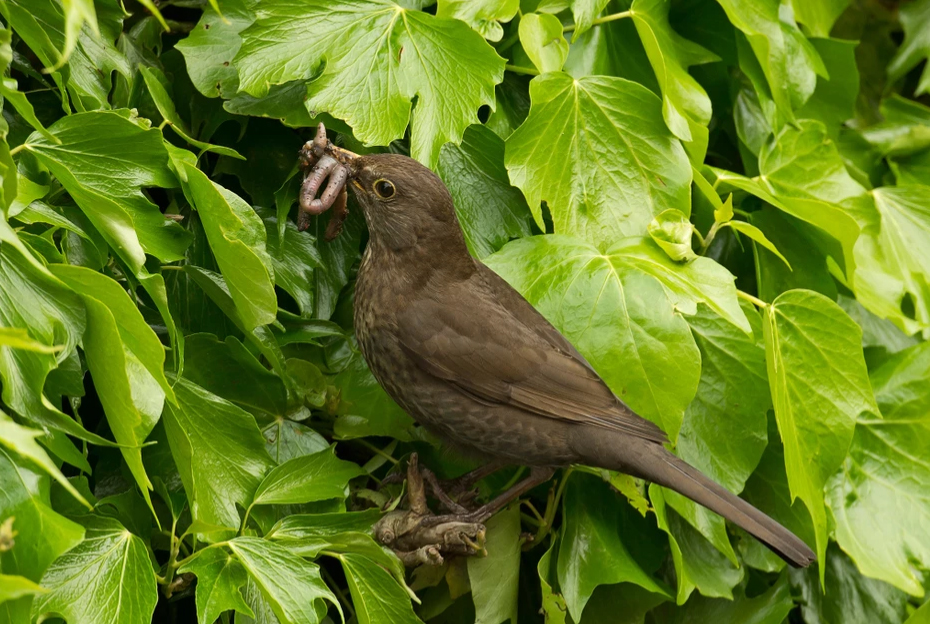
While putting out fresh bird food and water will bring a certain amount of birds to your garden, providing a range of habitats that they need to survive will attract even more.
Even a small garden can be a haven for birds. The key is to provide food in the form of insects, caterpillars, seeds and berries, shelter from cold weather and predators, plus nesting materials and sites.
A garden that is attractive to birds doesn’t have to look wild or untidy, but it’s important not to use chemicals – these can harm beneficial insects that are a vital part of the food chain. Birds are actually excellent natural pest controllers in the garden, so rather than reach for a spray, wait for birds to solve your problem for you.
Here are some of the key habitats that birds need to thrive from Gardeners' World.
Trees
Trees are crucial for birds – they provide cover and nesting sites plus a wide range of insects, plus fruits, to eat. Native species will be home to the widest range of insects – silver birch, hawthorn, hazel and field maple are all ideal.
Shrubs
Shrubs, especially dense ones, can provide shelter, nesting sites and insects but their main attraction are the berries that many produce – especially red ones. Holly and pyracantha are great all-rounders. Discover 10 berried plants for birds.
Lawns
Lawns are a feeding ground for many birds, including blackbirds and song thrushes, who are attracted to earthworms. Don’t treat your lawn with chemicals – care for it organically and don’t worry about weeds. The seeds of dandelion and plantain, for example, can provide food for birds. Longer grass provides shelter for insects on which birds feed.
Climbers
Climbers provide cover, nesting sites and food. Honeysuckle is a good choice and native ivy (Hedera helix) is excellent – it provides cover from predators, is popular with wrens and robins for nesting, and provides food for insects that birds feed on. Blackbirds and other species are attracted to the berries, too.
Hedges
A dense hedge can also act as a natural nest site. A dense, native hedge will also provide useful food, too. Don’t prune hedges between March to July if birds are nesting. Find out how to plant a hedge.
Flowers
Flowers attract insects and caterpillars that birds may eat and many, especially annuals and biennials, produce seeds that birds love to eat. Teasels, sunflowers, globe thistle and miscanthus are all excellent – find out more about growing your own bird food.
Water
Birds don’t only use water to drink – they also bathe in it, which helps them to fluff up their feathers, insulating themselves against the cold. Site a bird bath carefully, out of the reach of predators, with plenty of cover nearby. A pond provides water for birds, too – make sure it has shallow sides.
Nest boxes
Every garden has room for a nest box. Put it in a sheltered site, away from predators and strong winds. The type of nest box and its location will depend on the bird it’s for – watch our video on the different types of bird box. You can convert a nest box into a winter roost by clearing and cleaning it in autumn, then adding a cosy material, such as sheep-wool insulation.
Habitat piles
A dead wood habitat or log pile is easy to make from logs, branches and twigs. It will attract a wide range of insects that will nest and feed there, and will in turn attract their predators – including wrens and robins.
